Impulsive M1.3 solar flare erupts from big Region 2665
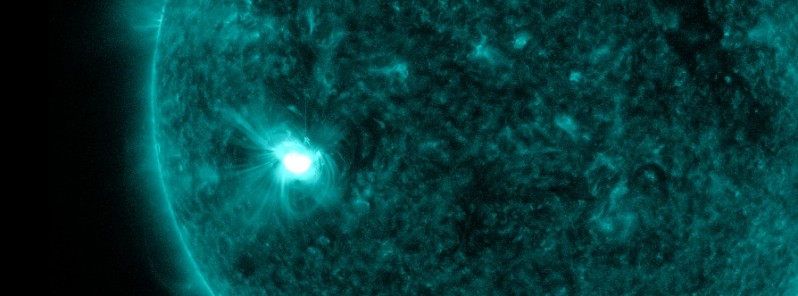
Big sunspot region 2665 (beta) erupted with an impulsive solar flare measuring M1.3 at its peak time on July 9, 2017. The event started at 03:09, peaked at 03:18 and ended at 03:37 UTC. The last time our star unleashed an M-class solar flare was on July 4, 2017.
Solar activity was at moderate levels during the past 24 hours with multiple C-class flares and an impulsive M1.2 flare. There were no radio signatures associated with the M-class flare that would suggest a coronal mass ejection (CME) was produced. Even if it was, the location of this region is still not favorable for Earth-directed CMEs.
C-class flare activity is expected over the next three days (July 9 – 11) with a chance for additional M-class flares.
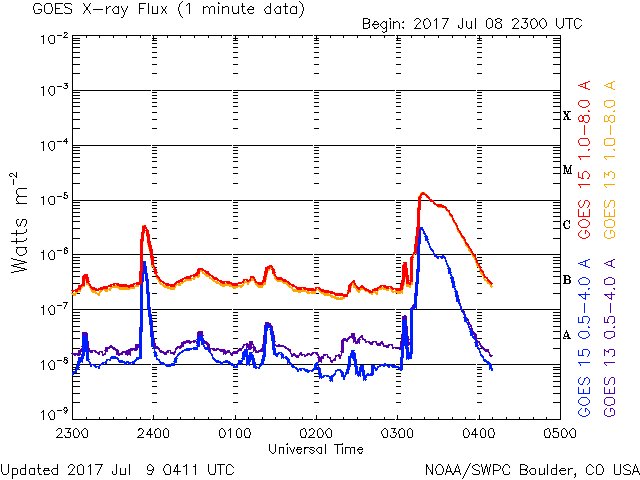
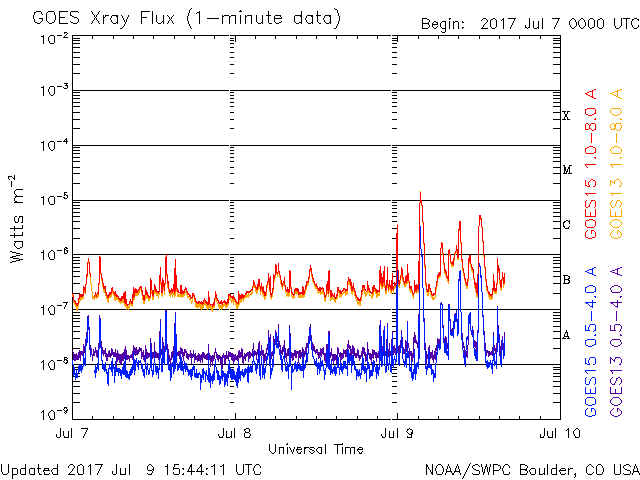
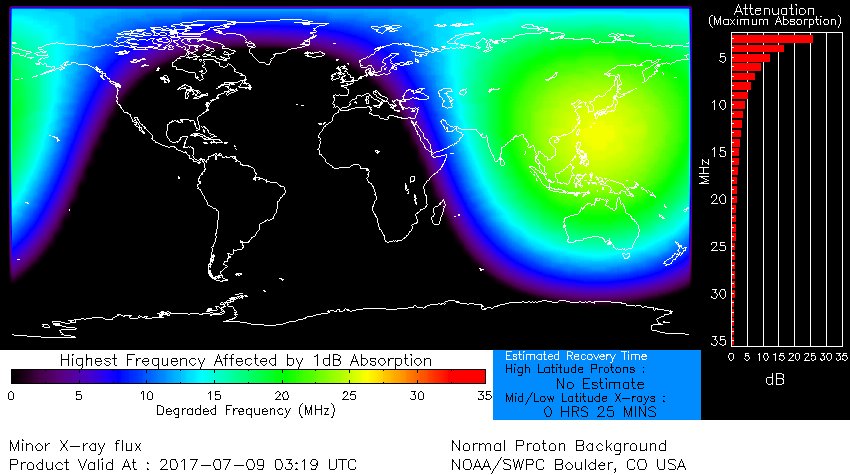
Region 2665 has Beta magnetic configuration and is capable of producing more moderate to strong eruptions on the Sun. It exhibited minor penumbral growth and spot development over the past 24 hours along with some consolidation in the leader spot area.
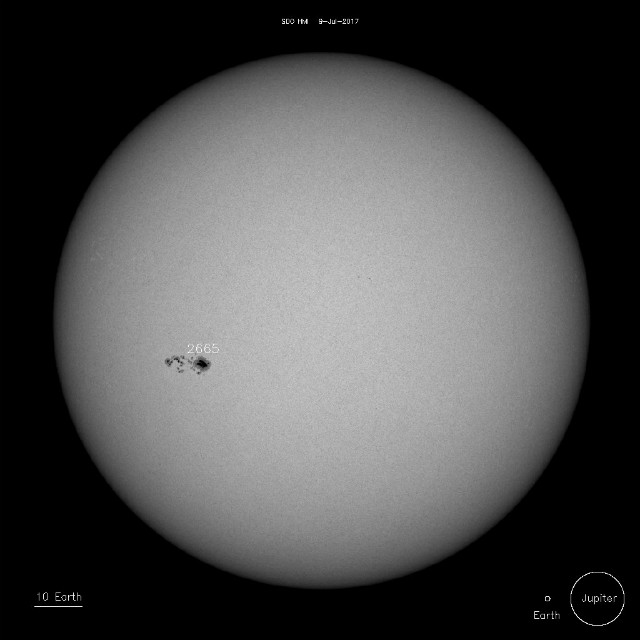
Sunspots on July 9, 2017. Credit: NASA SDO/HMI
Featured image: M1.3 solar flare on July 9, 2017. Credit: NASA SDO/AIA 131

Commenting rules and guidelines
We value the thoughts and opinions of our readers and welcome healthy discussions on our website. In order to maintain a respectful and positive community, we ask that all commenters follow these rules.